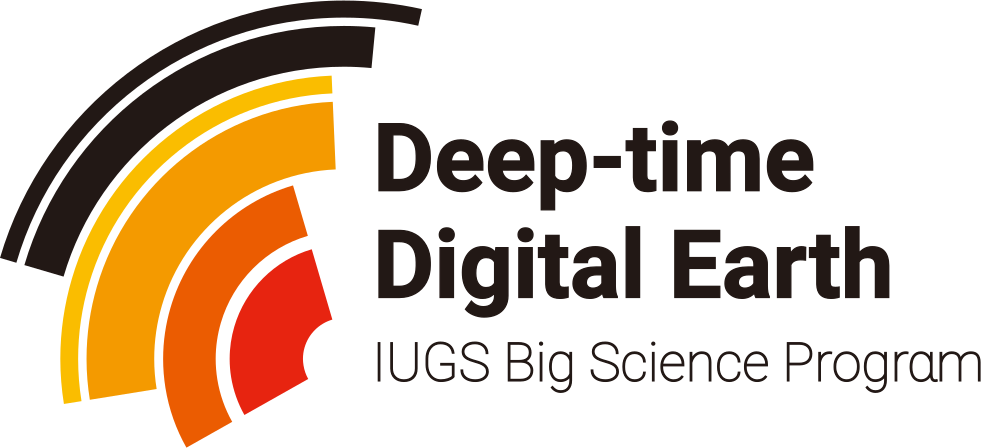
Iron cycle

The iron cycle (Fe) is the biogeochemical cycle of iron through the atmosphere, hydrosphere, biosphere and lithosphere. While Fe is highly abundant in the Earth's crust, it is less common in oxygenated surface waters. Iron is a key micronutrient in primary productivity, and a limiting nutrient in High-Nutrient, Low-Chlorophyll (HNLC) regions of the ocean. A critical component of the iron cycle is aeolian dust, which is transported from the Earth's land via the atmosphere to the ocean. The iron cycle (Fe) is the biogeochemical cycle of iron through the atmosphere, hydrosphere, biosphere and lithosphere. While Fe is highly abundant in the Earth's crust, it is less common in oxygenated surface waters. Iron is a key micronutrient in primary productivity, and a limiting nutrient in High-Nutrient, Low-Chlorophyll (HNLC) regions of the ocean. A critical component of the iron cycle is aeolian dust, which is transported from the Earth's land via the atmosphere to the ocean. Iron exists in a range of oxidation states from -2 to +7; however, on Earth it is predominantly in its +2 or +3 redox state. The cycling of iron between its +2 and +3 oxidation states is referred to as the iron cycle. This process can be entirely abiotic or facilitated by microorganisms. Some examples of this include the rusting of iron-bearing metals (in this case, Fe2+ is abiotically oxidized to Fe3+) by oxygen, and the abiotic reduction of Fe3+ to Fe2+ by iron-sulfide minerals or the biological cycling of Fe2+-oxidizing microbes. Iron is an essential micro-nutrient for almost every life form, and is a primary redox-active metal on Earth. Due to the high reactivity of Fe2+ with oxygen and low solubility of Fe3+, iron is a limiting nutrient in most regions of the world. Thus, the iron cycle is intrinsically linked to the cycling of other biologically-important elements. The ocean is a critical component of the Earth's climate system, and the iron cycle plays a key role in ocean primary productivity and marine ecosystem function. The largest supply of iron to the oceans is from rivers, where it is suspended as sediment. Other major sources of iron to the ocean include glacial particulates, atmospheric dust transport, and hydrothermal vents. Iron supply is an important factor affecting growth of phytoplankton, the base of marine food web. Uptake of iron by phytoplankton leads to lowest iron concentrations in surface seawater. Remineralization of sinking phytoplankton by zooplankton and bacteria. recycles iron and causes higher deep water iron concentrations. Therefore, upwelling zones contain more iron than other areas of the surface ocean. The iron cycle is an important component of the terrestrial ecosystems. The ferrous form of iron, Fe2+, is dominant in the Earth's mantle, core, or deep crust. The ferric form, Fe3+, is more stable in the presence of oxygen gas. Dust is a key component in the Earth's iron cycle. Chemical and biological weathering break down iron-bearing minerals, releasing the nutrient into the atmosphere. Changes in hydrological cycle and vegetative cover impact these patterns and have a large impact on global dust production, with dust deposition estimates ranging between 1000 and 2000 Tg/year. Volcanic eruptions are also a key contributor to the terrestrial iron cycle, releasing iron-rich dust into the atmosphere in either a large burst or in smaller spurts over time. The atmospheric transport of iron-rich dust can impact the ocean concentrations. On the early Earth, when atmospheric oxygen levels were 0.001% of those present today, dissolved Fe2+ was thought to have been a lot more abundant in the oceans, and thus more bioavailable to microbial life in that era. At this time, before the onset of oxygenic photosynthesis, primary production may have been dominated by photoferrotrophs, which would obtain energy from sunlight, and use the electrons from Fe2+ to fix carbon.


